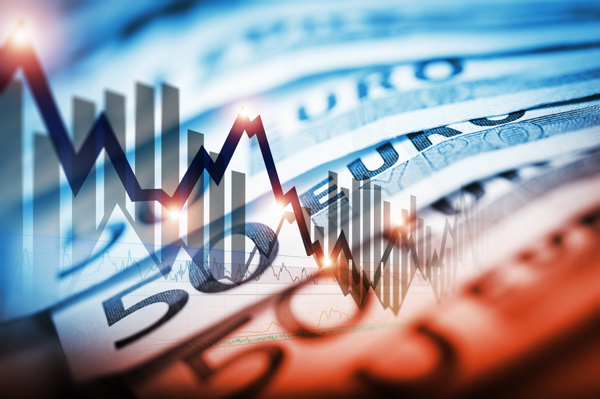
The euro has posted slight gains in the Friday session, erasing the losses on Thursday. Currently, the pair is trading at 1.2266, up 0.16% on the day. On the release front, there are no major releases on the schedule. French Industrial Production improved to 0.5%, above the estimate of 0.1%. Italian Industrial Production impressed with a gain of 1.6%, well above the estimate of 0.7%. In the US, the sole event is Final Wholesale Inventories, which is expected to slow to 0.2%.
A rebound in the global economy has been a boon for eurozone exports, and this has boosted the bloc’s manufacturing setor. This was underscored by strong manufacturing reports out of France and Italy in December. Industrial production in both countries improved compared to November, beating the estimates. The Italian reading of 1.6% marked the strongest gain since August 2016. We’ll get a look at Eurozone Industrial Production next week. The November reading surged to 1.0%, marking a 3-month high.
The euro has been under pressure for most of the week, and is down 1.5 percent against the US dollar. The greenback has benefited from sharp volatility in global stock markets this week. The week started with a massive sell-off, and the markets have been in the red for most of the week. This has weighed on the euro, with investors anticipating a faster pace of rate hikes from the Federal Reserve in order to ward off inflation. The Fed had forecast raising interest rates three times in 2018, but if inflation does move higher and the US economy continues its robust performance, we could see four rate hikes this year.
After months of political uncertainty, Germany appears on the verge of forming a new government. On Wednesday, the socialist SDP and Angela Merkel’s conservatives announced that they had finalized a coalition agreement. In the last government, the SDP was the junior partner of the conservatives, but this time around the SDP has extracted major concessions from Merkel, notably control of the powerful finance ministry. This will likely mark a shift in Germany’s eurozone policy, which had been marked by a conservative stance under former finance minister Wolfgang Schaeuble. The weaker members of the eurozone, such as Greece, will likely find a more sympathetic ear for financial help from the SDP than they did from Schauble. The coalition agreement still requires the consent of a majority of the 464,000 members of the SDP, but is expected to pass this final hurdle.
EUR/USD Fundamentals
Friday (February 9)
- 2:45 French Industrial Production. Estimate 0.1%. Actual 0.5%
- 4:00 Italian Industrial Production. Estimate 0.7%. Actual 1.6%
- 10:00 US Final Wholesale Inventories. Estimate 0.2%
*All release times are GMT
*Key events are in bold
EUR/USD for February 9, 2018

EUR/USD for February 9 at 5:00 EDT
Open: 1.2246 High: 1.2287 Low: 1.2240 Close: 1.2266
EUR/USD Technical
| S1 | S2 | S1 | R1 | R2 | R3 |
| 1.1961 | 1.2092 | 1.2200 | 1.2286 | 1.2357 | 1.2481 |
EUR/USD edged higher in the Asian session. The pair has reversed directions in European trade and is moving downards
- 1.2200 has switched to a support role after losses by EUR/USD on Tuesday
- 1.2286 is the next resistance line
Further levels in both directions:
- Below: 1.2200, 1.2092 and 1.1961
- Above: 1.2286, 1.2357, 1.2481 and 1.2569
- Current range: 1.2200 to 1.2286
OANDA’s Open Positions Ratio
EUR/USD ratio has shown strong movement towards long positions. Currently, short positions have a majority (57%), indicative of EUR/USD reversing directions and moving higher.
This article is for general information purposes only. It is not investment advice or a solution to buy or sell securities. Opinions are the authors; not necessarily that of OANDA Corporation or any of its affiliates, subsidiaries, officers or directors. Leveraged trading is high risk and not suitable for all. You could lose all of your deposited funds.

